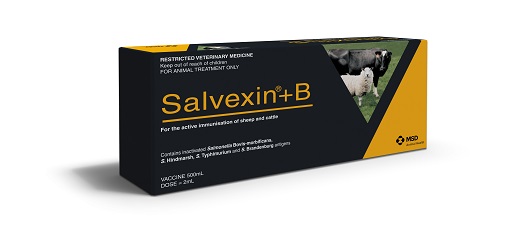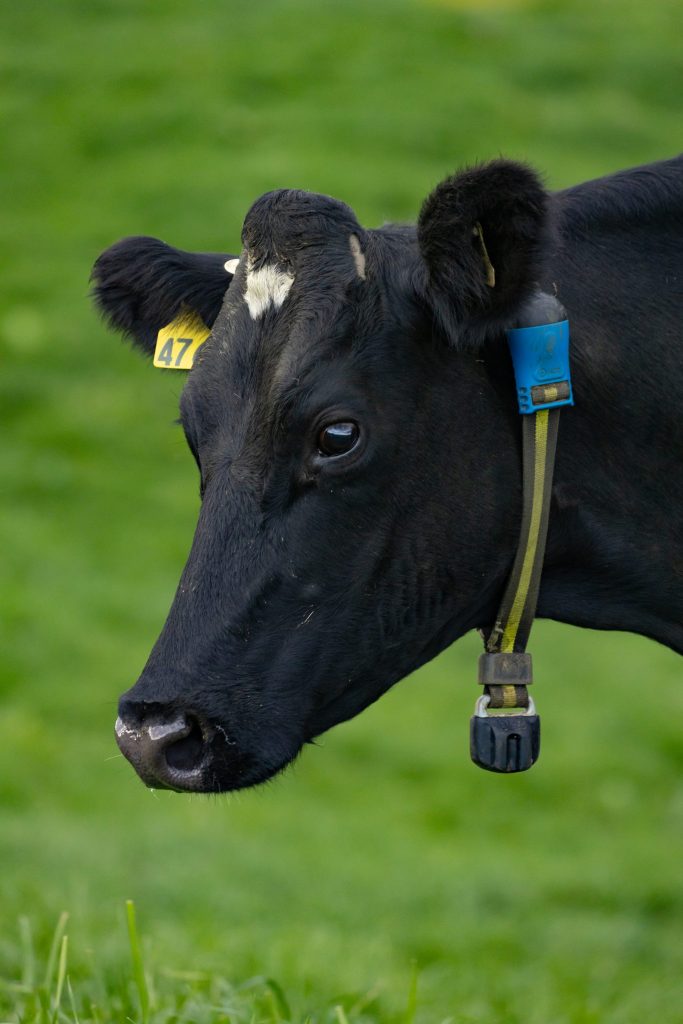Diagnosing, triaging, and treating Salmonella with the assistance of SenseHub® Allflex cow collar technology.
Veterinarian Joel Hughes from VetSouth Gore, shares how SenseHub Allflex cow collars and vaccination with Salvexin+B® assisted in the diagnosing, and treating Salmonella in a large dairy herd.
Joel Hughes, Senior Veterinarian at VetSouth Gore was first contacted in March 2020 by his client, a South Otago dairy farmer running a 1000-cow herd monitored with Allflex collars, to discuss Salmonella vaccination.
Having heard about another recent Salmonella outbreak in a similar sized herd a short drive away, the farmer was keen to discuss his risks and the potential of starting a preventative vaccination programme against Salmonella. After a discussion between Joel and the farmer, the decision was made to vaccinate the herd with Salvexin+B® before drying off in April, followed by a booster vaccination in May at dry off.
However, in early April, the farmer called Joel, as 120 cows had appeared on the Allflex collar’s health report over the course of a few days due to low rumination. There was also a marked drop in milk production from 14,000L down to 12,000L milk per day, and some down cows with one death. Initially thinking they could be affected by mild acidosis caused by a change in their feed, the farmer had dialled back the in-shed feeding, and while this initially reduced the number of cows on the health report, the issue persisted, so he called Joel for advice.
Joel and the farmer discussed potential causes for so many cows being on the health report and given the outbreak occurred during the Covid lockdown, Joel asked for temperatures to be taken on the sickest cows. Eight out of the 10 cows checked recorded temperatures over 39°C with 4 of those cows being between 39.5 – 40°C which supported Joel’s suspicions of Salmonella rather than acidosis. Salmonella Typhimurium was later confirmed with a faecal sample.
A treatment plan was quickly put into place. The whole herd was vaccinated with Salvexin+B as soon as possible to avoid further salmonella spread. The seriously sick cows were treated with appropriate antibiotics and anti-inflammatories, and the mildly sick cows were treated with a short-acting anti-inflammatory and monitored for their response to the treatment.
With Allflex collars, the farmer was able to identify and treat the sick cows earlier via the health alert report. The collars allowed a quick and effective way to identify the full extent of the outbreak and which cows to isolate from the rest of the herd to limit the spread of the infection. Catching the disease early also meant the farmer could reduce the number of cows requiring antibiotic treatment and therefore avoid milk withhold. Over the approximate 2 weeks of this Salmonella outbreak, 250 cows, (25% of his herd) appeared on the health report with approximately 100 cows being treated with antibiotics and/or anti-inflammatories and 2 cows died.
Milk production decreased as much as 30% over the outbreak and took a month to fully come back up to pre-outbreak levels. This Salmonella outbreak was estimated to cost this farmer up to $130,000, largely based on the lost milk production, the cost of treating the cows, and replacing the two cows that died. With an initial vaccination programme only costing $ 2.12* per head the farmer now vaccinates his herd and heifers annually with Salvexin+B costing $1.06 per head to prevent this costly outbreak from occurring in the future.
*The initial vaccination programme is 2 shots. A single annual booster is shot is also recommended.

NZ-SAL-230700001

